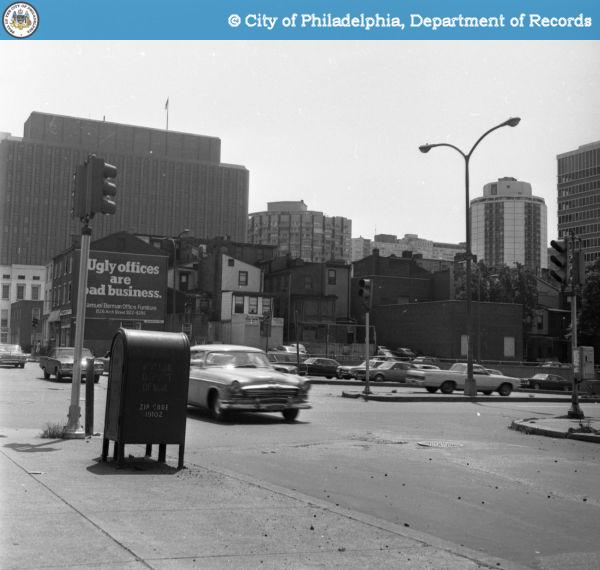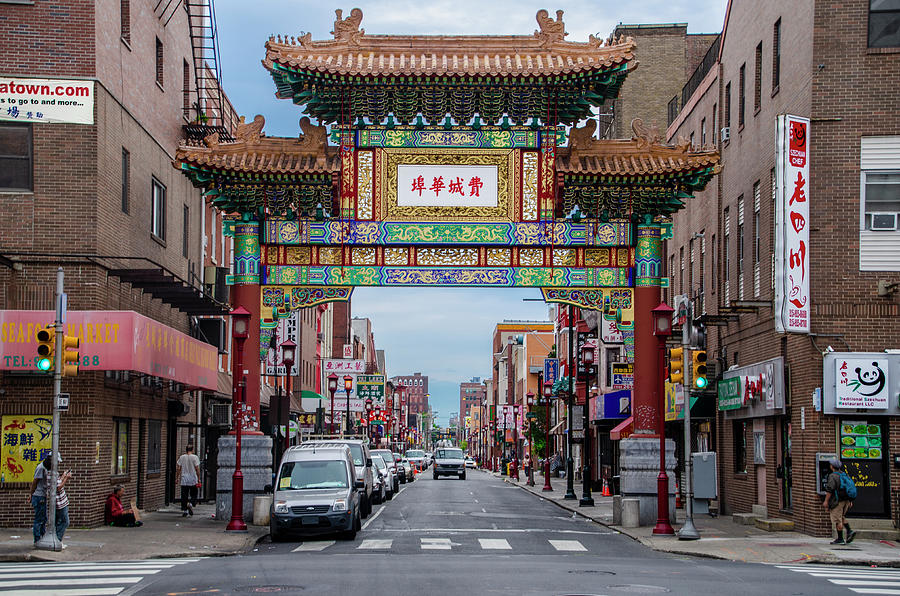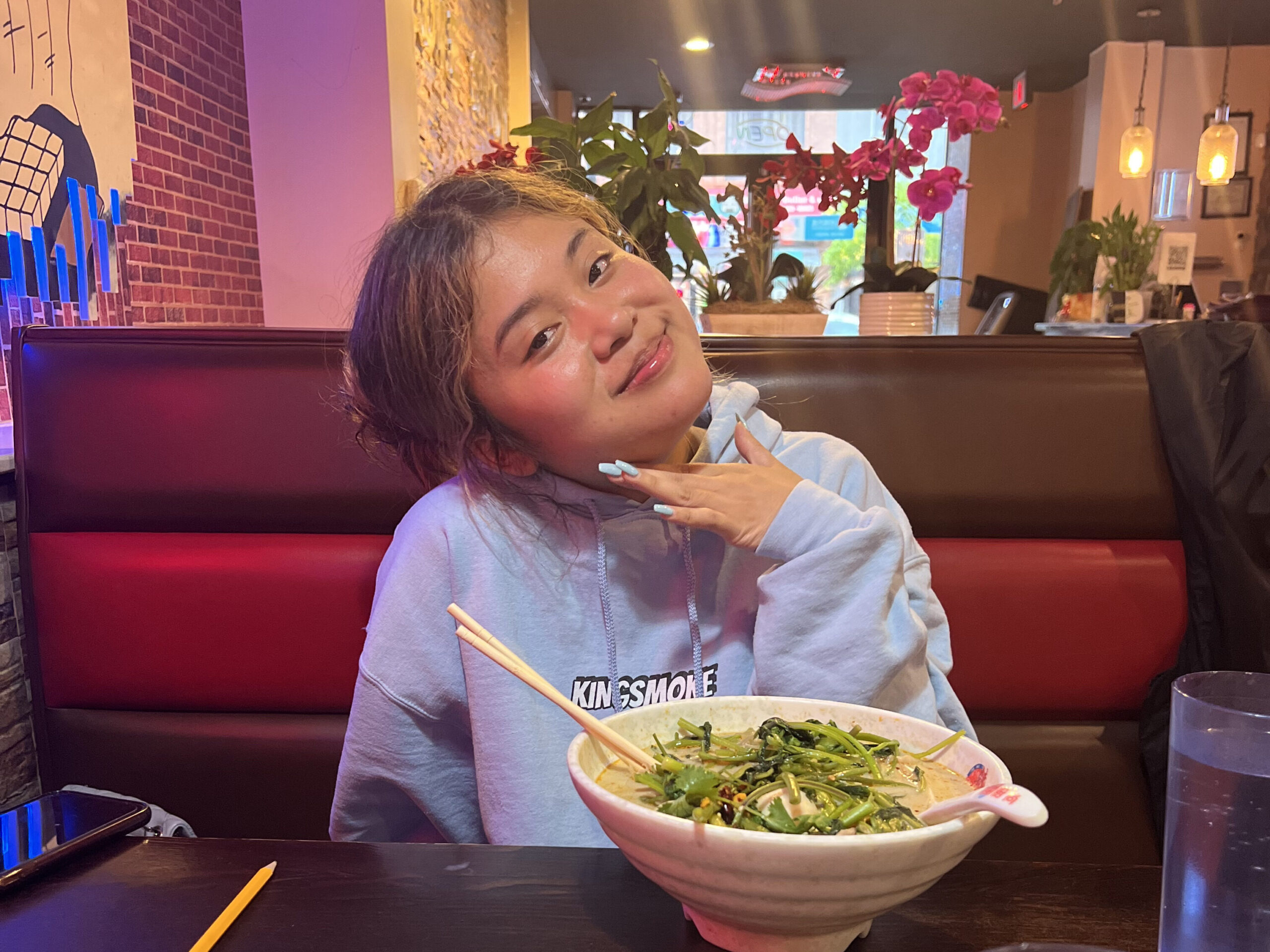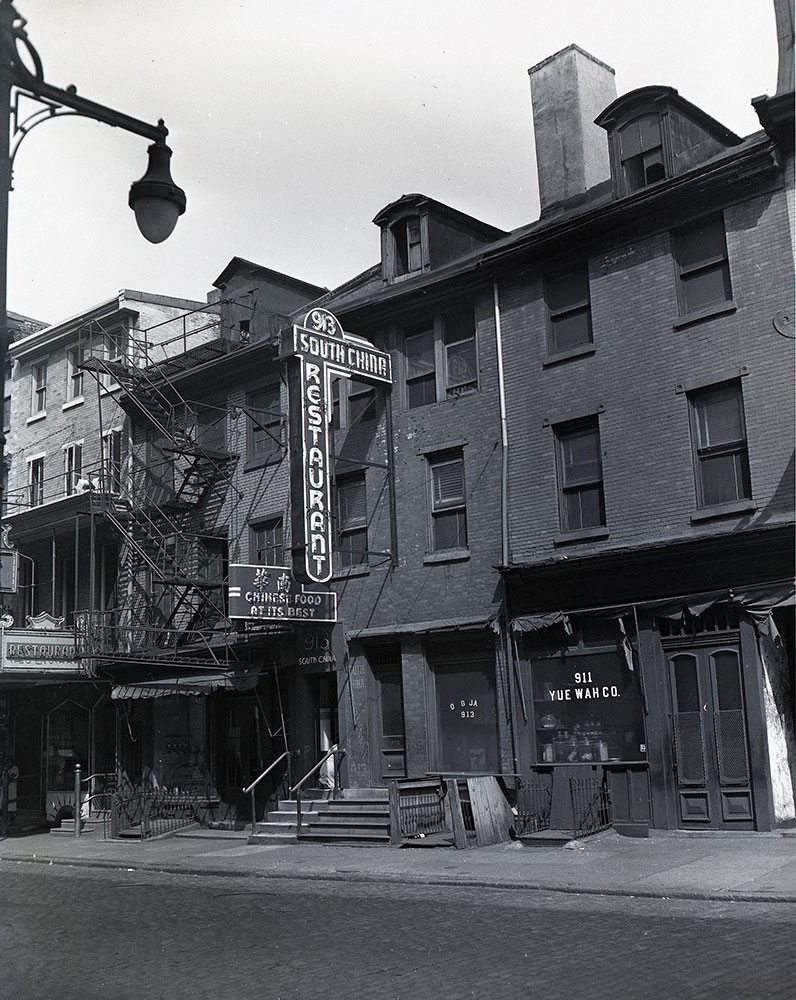Economic Impact of Philly Chinatown
Under the pseudonym of the Philadelphia “Tenderloin” or “Red-Light District,” Philadelphia Chinatown was born by Lee Fong in 1871 with a laundry service, the first business on 913 Race Street. Fong was subjected to anti-Chinese rhetoric, sparking the relocation to the east coast. There are various Chinatown’s spread throughout the country, often in areas considered undesirable and dangerous.
For decades, Philadelphia Chinatown was solely a concentration of Chinese businesses on the 900 block of Race Street. The Page Act of 1875, which prohibited Chinese women from entering the United States; the Chinese Exclusion Act of 1882, which barred further immigration and declared Chinese immigrants ineligible for naturalization; and the Geary Act of 1892 required Chinese people to carry a registration certificate or face one year of hard labor or deportation.
Due to raging discrimination and racism, Chinese people relied on creating their own small businesses, such as laundries, grocery stores, restaurants, and shops selling import and export goods, resulting in the first passage of laws aimed toward an ethnic group. Chinese people faced harassment while standing outside their own neighborhood.1
So, as I sat there in the restaurant with so many options, it was clear how much they valued their culture and cuisine, sharing their extensive variety of dishes.

In 1966, the Pennsylvania Department of Transportation revealed plans for the Vine Street Expressway that would cut through Chinatown, preventing its expansion or relocation. The expressway, constructed from 1957 to 1991, caused destruction and division in the neighborhood, as both transportation networks brought noise and pollution.
The community’s response led to the first Town Hall meeting organized by Cecilia Moy Yep, supported by the Chinese Benevolent Association. Various groups and individuals gathered to discuss strategies to oppose government actions affecting Chinatown.
This meeting led to the formation of the Committee for the Advancement and Preservation of the Chinatown Community, which later became the Philadelphia Chinatown Development Corporation in 1969.
In recent days, the community has faced other large-scale developments that have altered the landscape of Chinatown. From the proposed construction of a federal prison in 1992 that activists fought against to a baseball stadium in 2000, a casino in 2008, and a new stadium proposal for the Philadelphia 76ers in 2022. 2
Currently, the community is the home of Reading Terminal Market, the Philadelphia Convention Center, and the Philadelphia Fashion District on Market East, home to a combination of stores, restaurants, and rich history. The urban development is thought to diminish the culture and historic background of Chinatown.
Chinatown today thrives as an active and lively neighborhood filled with houses, schools, and cultural institutions while serving as a cultural home for the larger Asian community within Philadelphia, creating an environment of unity and inclusion. It is critical that Chinatown be preserved and documented for future generations to carry on this message.
Cuisines of Philadelphia’s Chinatown
Philadelphia’s Chinatown comprises a diverse array of cuisines from the regions of Asia. This allows you to experience and explore Asian culture from the comfort of the city. These plentiful options are:
Chinese Cuisine
- Sichuanese:
- Sichuan hot pot
- Spicy Mapo tofu
- Cantonese:
- Dim sum
- Peking duck
- Shanghainese:
- General Tso’s chicken
- Dumplings
- Hunanese:
- Various regional dishes
Vietnamese Cuisine
- Pho:
- Fragrant rice noodle soup
- Banh Mi:
- Crispy sandwiches with pickled vegetables and meats
Japanese Cuisine
- Sushi:
- Fresh fish and seafood rolls
- Ramen:
- Pork belly, marinated eggs
- Takoyaki
- octopus-filled dough balls
Thai Cuisine
- Curries:
- Fragrant and spicy curries
- Stir-fries:
- Sizzling with fiery spices
Korean Cuisine
- Barbecue:
- Grilling your own marinated meat
- Kimchi Stew:
- Bubbling pots of kimchi-based stew
Malaysian & Singaporean Cuisine
- Nasi Lemak:
- Aromatic rice dishes
- Laksa:
- Steaming noodle soups
- Roti Canai:
- Flaky bread with rich curry dip
Taiwanese Cuisine
- Beef Noodle Soup:
- Steaming bowls of beef and noodles
- Oyster Omelets:
- Crispy with fresh oysters
- Bubble Tea:
- Refreshing tea drinks with tapioca pearls
First Chinatown Visit

The day was gloomy and rainy as Tanya, and I made our way down North 10th Street toward Chu Shang Spicy. It was my first time having authentic ramen and specifically selecting what I wanted in my bowl. Upon entering, the staff traditionally greeted us, seated us, and gave us our menus to craft our delicious bowl of ramen.
At first glance, the number of options offered overwhelmed me, varying in soup bases, meat, vegetables, and spice level. Luckily, Tanya, being of Vietnamese descent, could walk me through and explain crafting the perfect bowl of soup. Explaining the various noodle types and textures and the content of dishes, it was as if I had a personal server to answer all my questions.
The serving robot that sang a song and announced its arrival to the table brought the steaming hot bowl of ramen to our table. I reached for my steaming hot bowl of ramen that included ingredients like chicken bone broth, corn, green onions, cilantro, carrots, potatoes, and chicken.
As the aroma of the broth encased the air that surrounded us, with hungry anticipation, I reached for my chopstick and began this delicious smelling meal. The broth was rich in the flavor of chicken and fragrant spices and the selection of a bit of added spice to the bowl. The umami depth of the soup lingered on my palate, with each scoop strengthening the tunnel vision I was developing for my bowl of ramen.
As I savored every mouthful, I looked at my bowl in veneration for the cuisine and the culture of the Asian community. The profound beauty and craftsmanship of the dish is that of something that nourishes your body and soul because of the love cooked into it.
Tanya’s bowl of ramen differed from mine in several ways. She opted for a beef bone broth base with a medium level of spice, along with carrots, cabbage, mushrooms, cilantro, fish balls, and glass noodles—thinner and more translucent than the traditional ramen noodles.
As I saw my friend indulging in her steaming bowl of soup, I took in the ambiance of the restaurant during our lunchtime rendezvous in historic Chinatown. We shared many laughs, jokes, hot gossip, and our goals post-college. Food and friendship are two important pillars of human connection that bring moments of joy, comfort, and support.
It is through the bond of friendship that we find solace in times of need, moments of laughter, needing support and even understanding the complexity of existence in this status of the world. As a sign of love and respect, she included me in her culture and introduced me to the cuisine.
This ramen meal forged a long-lasting friendship and connection with Tanya. It was our first time hanging outside a group setting and it was one of the most defining in my college experience. The ramen meal is not about the food; but the bond that is formed during and the formation of this lifelong connection.

Food is the conduit for cultural exchange and shared experience, whether that is cooking a homemade meal or dining out at a favorite restaurant. Friendship enhances the experience of food, making meals about conversation, laughter, and the formation of emotional connection.
When friends come together to enjoy a meal, we not only savor the flavors of the dish but also the warmth of a sharing company with the ones that you love. The shared enjoyment of food builds intimacy and closeness than enjoying a meal alone.
- August, L. K. (2023, May 1). Chinatown: The History of a Philadelphia Neighborhood – The Library Company of Philadelphia. The Library Company of Philadelphia. https://librarycompany.org/2023/05/01/chinatown-the-history-of-a-philadelphia-neighborhood/#/ ↩︎
- History – Philadelphia Chinatown Development Corporation. (n.d.). Chinatown-Pcdc.org. https://chinatown-pcdc.org/about/history/ ↩︎
